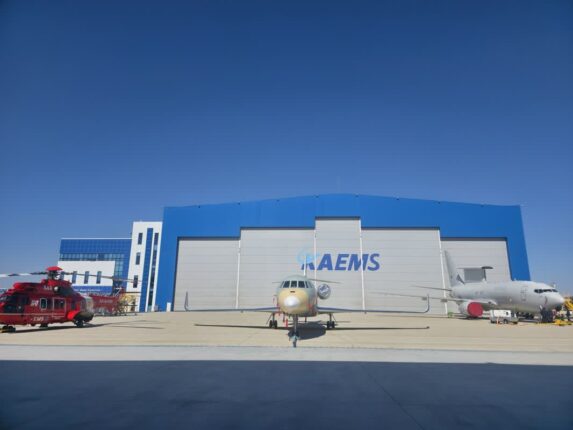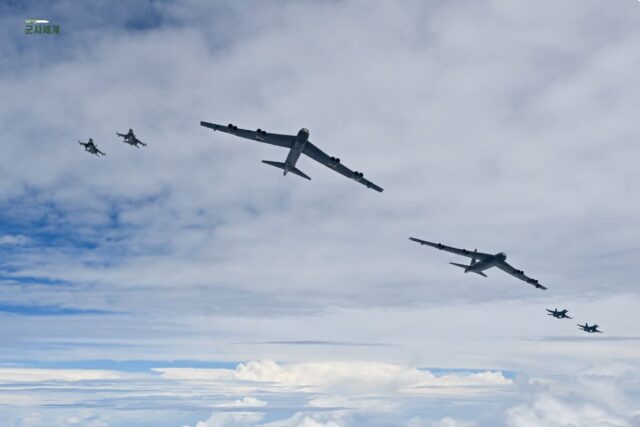South Korea-U.S. Forces Conduct Large-Scale Combined Air Assault Training Under 2025 FS/TIGER
BEMIL Views














On Tuesday, the Republic of Korea Army’s 1st Infantry Division (1ID) and the U.S. 2nd Infantry Division/ROK-U.S. Combined Division (RUCD) conducted a combined air assault exercise at the Mugun-ri Training Range in Paju, Gyeonggi Province, as part of the 2025 FS/TIGER training.
The exercise aimed to refine and master the step-by-step procedures of combined air assault operations. Notably, the training served as an opportunity to strengthen the ROK Army’s capability to lead combined operations, with a South Korean battalion commander exercising operational control over a U.S. company.
Approximately 400 personnel participated, including one battalion from 1ID’s Invincible Sword Brigade and one RUCD’s Stryker Brigade company. Opposing forces (OPFOR) were deployed to enhance small-unit combined combat training between South Korean and U.S. troops.
Additionally, six KUH-1 Surion utility helicopters, two BO-105 light attack helicopters, light tactical vehicles, and reconnaissance drones were mobilized to enhance the realism of the exercise.
The exercise began with South Korean and U.S. troops assembling at the pickup zone (PZ). Before boarding, commanders from both sides conducted a final tactical briefing to refine mission details.
Shortly after, six Surion helicopters transported the first echelon of U.S. troops to the landing zone (LZ), with BO-105 helicopters providing aerial cover. The U.S. troops secured the perimeter to ensure the safe landing of follow-on South Korean and U.S. forces.
As the successive waves of troops arrived aboard six Surion helicopters, South Korean forces deployed reconnaissance drones to scout the objective area and shared intelligence with their U.S. counterparts.
Once on the ground, South Korean and U.S. troops split into two teams and began maneuvering toward their objectives. During this phase, they engaged in firefights with OPFOR troops equipped with MILES (Multiple Integrated Laser Engagement System) gear, advancing steadily to secure their objectives.
After successfully securing the objectives, both forces quickly established defensive positions to prepare for potential counterattacks, marking the completion of the exercise.
Captain Jung Jin Woong, a company commander, stated, “From boarding the helicopters to securing our objectives, we executed a meticulously planned war game that allowed South Korean and U.S. troops to move as one.” He added, “By sharing combat expertise and operational know-how, both forces enhanced their combat capabilities further.”
Sergeant Jo Jin, a squad leader, said, “It was a great opportunity to train with our U.S. allies and refine our combat skills.” He emphasized, “After this training, I feel confident that we can win any battle together, even if a war breaks out tomorrow.”
Following the exercise, the 1st Infantry Division conducted an after-action review (AAR) to identify areas for improvement and shared the findings with the RUCD. The ROK and U.S. forces plan to expand combined training and tactical discussions, further enhancing their ability to conduct joint operations.














Comments0